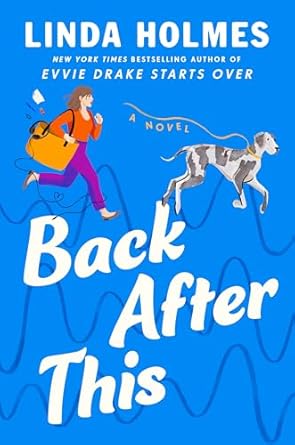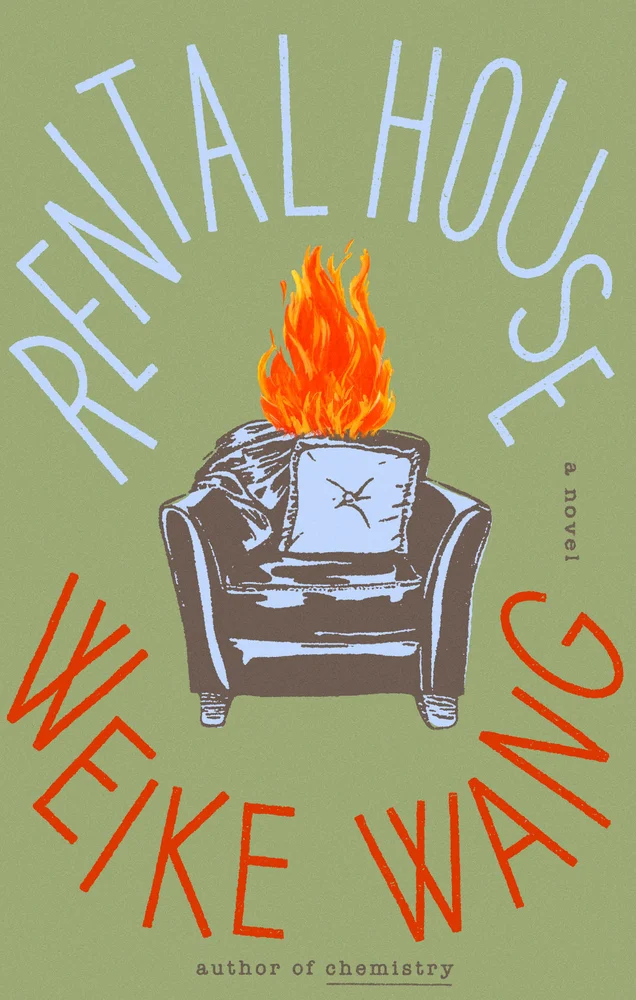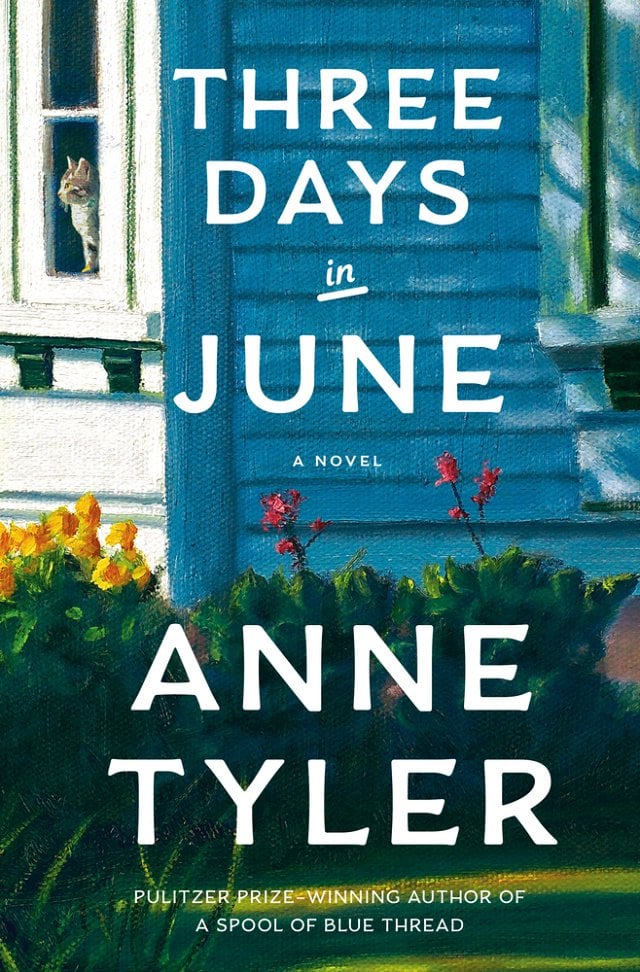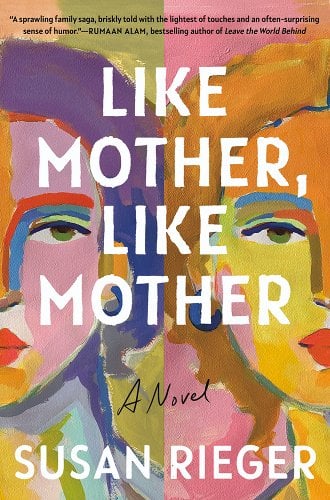When I was at BEA last May, I learned that Tom Perrotta had a new book coming out this fall. Then I learned that it was a sort of dystopian novel, one that took on a more serious tone than his other books. I am a big Tom Perrotta fan (see review of The Abstinence Teacher here; I read Little Children, Joe College and The Wishbones before I started blogging), and not so much a dystopia fan, but I was intrigued. I waited in a long line with Nicole of Linus’ Blanket for a review copy (during which time Nicole ate Scientologist brownies that turned out to be totally safe, but that’s a different story) and the chance to meet Perrotta.
When we got to the front of the line, I said, “If there’s anyone who can get me into dystopia, it’s you.” He smiled and signed The Leftovers, and I just read it.
The Leftovers takes place in an unnamed (New York? Jersey?) suburb, a few years after the Sudden Disappearance. During the Sudden Disappearance, millions of people simply disappeared. Into thin air. While there are parallels, of course, to The Rapture, there was no pattern to the people who disappeared in the Sudden Disappearance. They weren’t all Christians, or even necessarily good people (one, for example, was a frat boy who secretly took videos of girls who he slept with in his room). Some families lost several people, while others lost none. The Leftovers is about the ramifications of the Sudden Disappearance on America, and particularly on the Garvey family of four, which remained intact but very disturbed after the event.
Laurie Garvey, the mom, ends up joining a cult called the Guilty Remnant, made up of people who are so distraught by the Sudden Disappearance that they renounce their families and all of their possessions, move into communal housing, wear all white, take a vow of silence, and take up smoking, to hasten their own deaths. Tom, the son, also joins a cult: he drops out of college to follow a man who claims to be able to heal the pain of the survivors through a simple hug, and who gains a huge following and starts taking on teenage wives whom he says will bear his children, saviors for a troubled world. Jill, the daughter, shaves her head and stops studying, and Kevin, the dad, runs for mayor and tries to keep some semblance of normalcy going even as he loses his loved ones, one by one.
We’re still in familiar Perrotta territory here – suburbia, comfortable if boring marriages with the occasional bout of infidelity, disaffected teenagers, and meaningless consumerism. But he has shaken things up with the Sudden Disappearance, making the things he usually pokes fun at seem even more trivial in light of the tragedy that has hit so many people so personally.
How would I react under similar circumstances? Would I be able to regroup and try to live my life again, or would I seek solace in one of the extreme methods favored by so many formerly “normal” people? Do these extreme groups really help with healing, or are they just a way to escape from what happened? These are the questions I found myself asking as I read The Leftovers. It’s a provocative book, and one that kind of eased me into the speculative fiction that I have avoided until now.
The Leftovers is definitely off the beaten Perrotta path, but it’s not so far afield as to be unrecognizable. I enjoyed this one more than I expected to. Will it open the door to new genres for me? Unlikely, but possible.
I do recommend it, especially if you’re already a Perrotta fan. I have read a few reviews by people who were new to Perrotta before The Leftovers – I wonder what they’d think of his earlier works now. It’s an odd but fascinating premise, and I think he did a good job with it.










About Me
I have been blogging about books here at Everyday I Write the Book since 2006. I love to read, and I love to talk about books and what other people are reading.